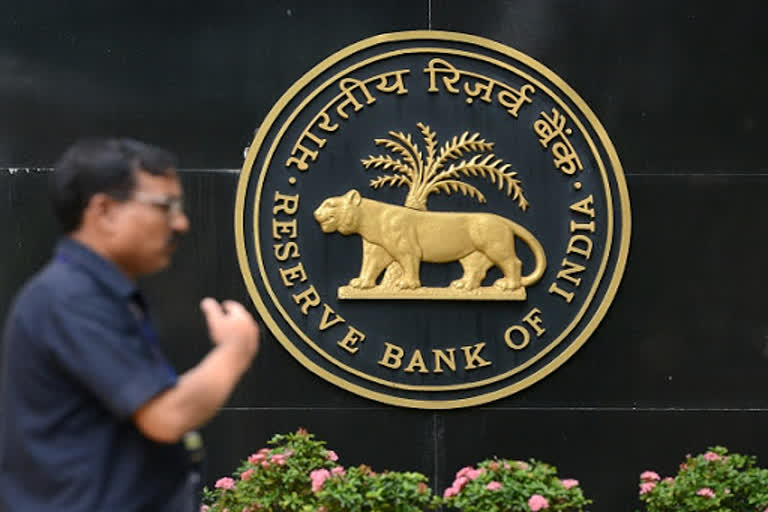Mumbai: Indians, traditionally known to save money, have of late shown a behavioural change in terms of managing their money as their financial surpluses have shrunk in the last couple of years.
A recent Reserve Bank of India (RBI) report said that although currency and deposits constitute more than half of the total assets held by households, their share in total assets have been declining over time and are being replaced by equities and debt securities.
Among household assets, the share of insurance and pension funds have gradually increased, indicative of the growing risk appetite and portfolio diversification, while the major liability in household balance sheets are loans and borrowings, primarily from other depository corporations (ODC) and other financial corporations (OFCs), the report said.
According to official data, household financial assets and their surplus showed an uptick during 2015-16 on account higher currency and deposits supported by high-income growth as India's gross domestic product (GDP) growth touched 8 per cent for the first time during the current decade.
Read more:RBI may go for 25 bps rate cut on Wednesday for 4th time in row
"The financial surplus of households have shrunk in subsequent years. In 2017-18, both household assets and liabilities expanded but the growth in the latter outpaced the former resulting in further moderation in surplus," as per the report.
The data suggested that households are connected the most with financial corporations which act as intermediaries to channel their surpluses to deficit sectors.
The report said that "demonetisation had a significant but transitory impact on the instrument used for acquisition of financial liabilities during 2016-17, and a quick reversal in the following year. Increased number of insurance policies and mutual funds units were issued during 2016-17."
Talking of the governments, both in the Centre and states, the report said that on the governments' assets side, equity has the largest share, which is reflective of participation of the central government in corporations, both financial and non-financial. This is followed by deposits held with ODCs, more pronounced in the case of state governments which have accumulated large cash balances, reflecting poor cash management.
The financial resource gap of the general government sector remained stable during the period 2012-13 to 2016-17, widening somewhat during 2017-18. "This gap was primarily financed by the OFCs and ODCs, " it said.
The resource flow from households, primarily via debt securities, picked up from the year 2014-15. Debt securities make up almost three-fourths of total financial liabilities. These debt securities act as a safe haven for investors and are statutorily mandated for scheduled commercial banks (SCBs) under the liquidity coverage ratio (LCR) in addition to the minimum statutory liquidity ratio (SLR) requirement.
In its conclusion, the report noted that in recent years, the general government has emerged as the major deficit sector in the economy exhausting a major share of the surplus of households.
